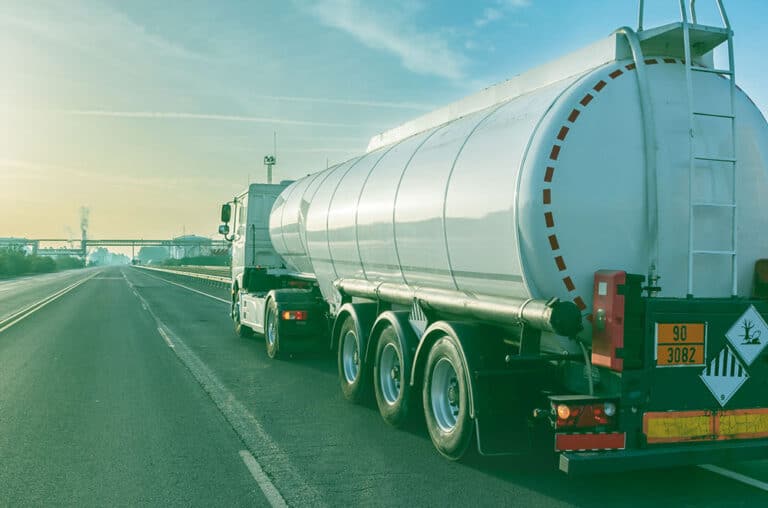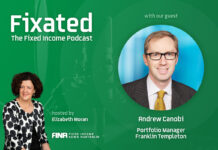
Roy Morgan research has revealed how Russia’s invasion of Ukraine has driven inflation expectations among Australians to highest level since the Mining Boom.
In March 2022 Australians expected inflation of 5.8% annually over the next two years, up a large 0.7% points from February 2022. The level of Inflation Expectations in March is the highest for nearly a decade since September 2012 (5.8%).
The increase in March was the biggest monthly jump in the index since Inflation Expectations increased by a record 0.8% points in January 2011 to hit 6.6% during the middle of the then ‘Mining Boom’. Inflation Expectations are now 1.1% points above the long-term average of 4.7% and a large 2% points higher than a year ago in March 2021 (3.8%).
ALSO READ: Why Has The Price In iShares Inflation Linked Bond ETF (ASX:ILB) Dropped?
According to Roy Morgan, the steep rise in Inflation Expectations in March came as the average Australian petrol price hit a record high of $2.13 per litre in the week to Sunday March 20, 2022, before a halving in the petrol excise, and lowering international oil prices, sent the price plunging over the next four weeks.
Roy Morgan CEO Michele Levine said the Russian invasion of Ukraine, which sent energy prices soaring around the world, was an obvious factor driving Inflation Expectations higher in March
“Inflation Expectations jumped by 0.7% points to 5.8% in March 2022 – the second biggest monthly jump in the history of the index,” Levine said.
“The near-record jump has propelled the index to its highest since September 2012 (5.8%) during the middle of the ‘Mining Boom’ a decade ago.
“Of course, there was an obvious factor driving Inflation Expectations higher in March – the Russian invasion of Ukraine which sent energy prices soaring around the world.
“In Australia the direct impact of the soaring global energy prices was felt at the pump as average petrol prices jumped from $1.79 per litre in mid-February (before the Russian invasion) to a record high of $2.13 per litre in mid-March.
“The rapid increase in the price of petrol by 34 cents per litre in only a few weeks came after the petrol price had already increased by 21 cents per litre since the turn of the year. Overall, since late December petrol prices increased 54 cents per litre (+34.2%) to mid-March.
“However, in the Federal Budget at the end of March delivered by Treasurer Josh Frydenberg cut the fuel excise in half. This cut to the fuel excise effectively slashed 25 cents per litre off the price at the bowser, and with falling international oil prices during this period, the average petrol price has now fallen to $1.66 per litre – down 46 cents per litre (-21.7%) from mid-March.
“This cut to the petrol price has reduced the pressure on Inflation Expectations and the weekly measure has also fallen over the last three weeks as the petrol price has progressively reduced.”


























